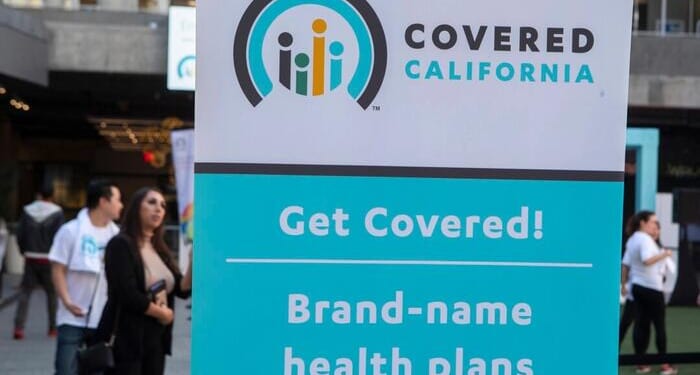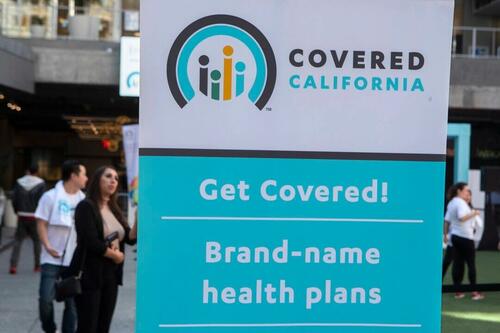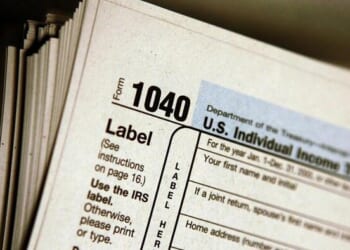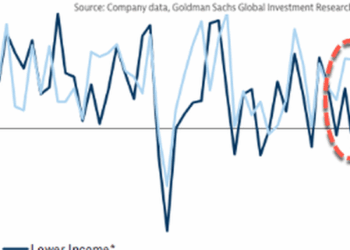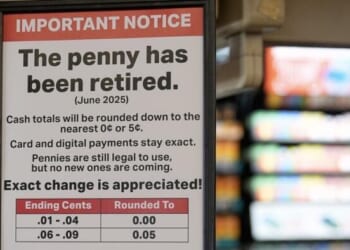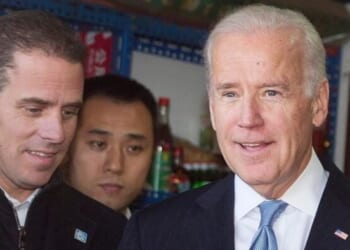Authored by Zachary Stieber via The Epoch Times,
Premiums for people buying health insurance through Affordable Care Act (ACA) marketplaces are soaring ahead of the start of the open enrollment period, new data show.
Premiums for people who are buying insurance for 2026 in state-run marketplaces are rising 17 percent, the health nonprofit KFF said on Oct. 28. Premiums for enrollees using Healthcare.gov, the federally-run marketplace, are spiking on average 30 percent.
The enrollment period for the ACA—former President Barack Obama’s health care law, commonly known as Obamacare—will open on Nov. 1 for most marketplaces.
Factors behind the increasing premiums include higher hospital costs and more people using weight loss drugs called GLP-1s, KFF said.
The increases do not take into account the impact that the expiration of enhanced subsidies would have, KFF said. Congress approved enhanced subsidies for Obamacare in 2021, and later extended them through the end of 2025.
Democrats want a continuation of the subsidies included in legislation to end the government shutdown, but Republicans have said they will not negotiate on the matter until Congress reopens the government.
Most Americans are insured through their employers, but 24 million obtained health insurance through a marketplace during the 2025 enrollment period, which ended in January. Seventeen million obtained insurance through Healthcare.gov.
The average monthly premium in 2025 was $619 before subsidies, or tax credits, and $113 a month after the credits.
More than 90 percent of people who bought insurance received one of the subsidies, which have been available since marketplaces opened in 2014 to households with annual incomes between 100 percent and 400 percent of the federal poverty level. That ceiling was removed in 2021.
The new KFF analysis was based in part on data released on Tuesday by the Department of Health and Human Services, which started letting people who utilize Healthcare.gov go window shopping for insurance.
The average premium for 2026 after subsidies is projected to be $50 per month, the Centers for Medicare & Medicaid Services, a division of the department, said in a fact sheet. Similar to 2025, the tax credits are projected to cover 91 percent of premiums for the cheapest plans.
The fact sheet did not mention price increases or the looming expiration of enhanced subsidies. The division did not respond to a request for comment.
States that run their own marketplaces previously released data showing insurance prices are increasing and warning that they will rise further if Congress does not extend the enhanced credits.
Most Colorado residents who buy insurance will see an average premium increase of 101 percent, the Colorado Division of Insurance said. It estimated that about 75,000 residents will no longer buy insurance due to the jump.
Washington state officials estimated that net premiums would increase 65 percent for recipients of the enhanced subsidies if they end up expiring.
Justin Zimmerman, commissioner of the New Jersey Department of Banking and Insurance, said in a statement that without the subsidies, people “will be confronted by startlingly higher prices for coverage.”
If the credits do expire, monthly premiums will soar by 114 percent on average, according to KFF.
Loading recommendations…

